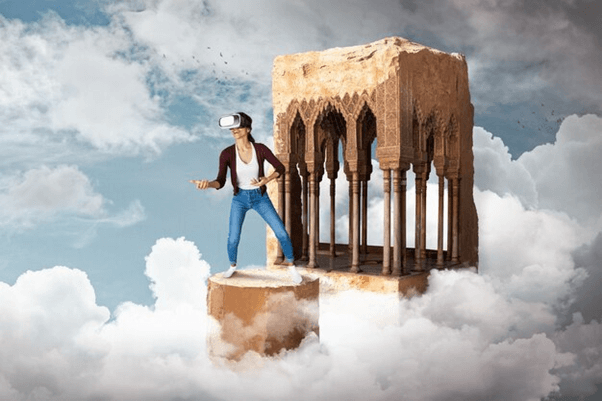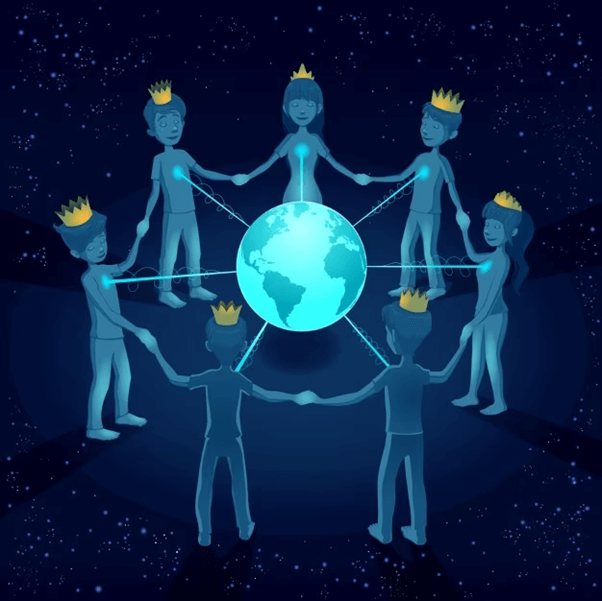
Unlocking the Web3 Renaissance
Unlocking the Web3 Renaissance: Empowering Creators in the Golden Age of Content
In January 1996, Bill Gates penned a visionary essay foreseeing the transformative impact of the internet on content creation. While celebrating the newfound ability for anyone with a PC and modem to publish content, Gates also issued a warning: for the internet to thrive, content creators must be fairly compensated. Fast forward a quarter of a century and the promise of meaningful income for creators remains elusive.

The Creator’s Struggle
Despite the internet’s promise of a creative utopia, the reality is harsh. The top fraction of creators monopolizes the lion’s share of revenue across platforms like Spotify, Twitch, and podcasts, leaving the vast majority struggling to make ends meet. Even established artists with millions of fans find themselves facing a downward trend in rewards for their labor. This disparity is not an isolated woe; it affects 99% of all creators, indicating a systemic issue hindering their success.
Web2’s Impact on Media
Web2, the current iteration of the internet, disrupted the traditional media business model. The lack of native monetization methods led to opaque, advertising-based models, favoring platforms over creators. The attention economy emerged as a consequence, where platforms monetized users’ attention instead of direct payments. This shift in power from traditional gatekeepers to attention aggregators like YouTube, Facebook, and Spotify created an ecosystem where ad revenues flowed disproportionately to these giants.
The Original Sin of the Internet
The fundamental flaw in the internet’s architecture, termed the “original sin” by Marc Andreessen, lies in the absence of built-in payment infrastructure. The fear of risk prevented the incorporation of direct payment methods, pushing the internet toward reliance on advertising for monetization. This not only altered the dynamics of content creation but also empowered aggregators who thrived on user attention without a direct financial exchange.
The Dominance of Aggregators
Ben Thompson’s concept of aggregators emphasizes how platforms like YouTube, Facebook, and Spotify amassed enormous audiences, translating into massive ad revenues. In 2020, Google and Facebook alone accounted for over half of the digital ad revenue, showcasing the immense power wielded by these aggregators. Their closed ecosystems, fueled by proprietary user data, create a power law in creator success, favoring content that ensures prolonged user attention.
The Ad-Based Revenue Model’s Impact
The ad-based revenue model shapes not only how platforms operate but also influences content creators. The pursuit of broad audiences and advertiser-friendly content becomes paramount, impacting the diversity and depth of creative output. This model inadvertently discourages niche, in-depth content creation, potentially sidelining creators whose work may not align with mainstream, attention-grabbing trends.
Web3 Empowerment: From DAOs to Community Ownership – Shaping a Golden Age of Content

As the web2 era witnessed the dominance of platform-centric, advertising-powered economies, a seismic shift is underway. Creators are growing increasingly dissatisfied with platforms’ disproportionate control over their work, fan relationships, and rewards. Enter the web3 era—a new generation of technologies that promise to reshape the creator economy by restoring power and ownership to creators and users alike.
NFTs and Digital Scarcity
The advent of NFTs (non-fungible tokens) marks a revolutionary step toward restoring control to content creators. In an era where content on social platforms is endlessly commoditized, NFTs introduce digital scarcity, allowing creators to tokenize their work and create unique, verifiable on-chain records of ownership. This enables creators to reintroduce scarcity dynamics, providing a means for fans to truly own a piece of digital content. The music NFT market exemplifies this shift, empowering creators to capture the full willingness to pay from passionate fans, liberating them from the need for millions of followers to make a living.
Patronage+: Transforming Support into Investment
Web3 takes creator-fan relationships to the next level by introducing “patronage+,” where supporting creators becomes an investment opportunity for fans. Tokens, as investments, not only fund creators but also offer potential returns to holders if the token’s value appreciates. This shift from traditional donation models to a value-driven model aligns with users’ self-interest, incentivizing them to pay more for content that benefits both creators and themselves. This dynamic creates a new segment in the creator’s orbit—speculators—who, by owning assets aligned with a creator’s success, become incentivized to amplify the creator’s work.
New Programmable Economic Models:
Collaboration lies at the heart of creation, yet web2 systems often fail to recognize and reward collaborative efforts. Web3 introduces programmable economic models, leveraging blockchain technology to enable transparent and fair distribution of value across all contributors in a collaborative work. Platforms like Mirror and Foundation incorporate splits functionality, automatically directing earnings to various contributors’ Ethereum addresses. This not only fosters a more inclusive creative environment but also sets the stage for a future where digital works can seamlessly utilize elements from a universal media library, with revenue splits and attribution automatically tracked.
Enhancing Collaborative with Tokens:
Web3 addresses the challenges of recognizing and compensating collaborative efforts in the creator economy. Tokenization enables the creation of royalties that ensure all contributors in the chain of attribution profit from collaborative work. As demonstrated by Mirror and Foundation, this can lead to fair compensation for all involved in a project. Looking ahead, the potential for a universal media library with on-chain records of provenance could revolutionize the way creative works are traced and monetized across the internet, promoting fair compensation for creators at every stage.
DAOs and Collective Ownership
The root cause of inequality among creators is the disproportionate control exerted by platforms over the means of production and content distribution. DAOs present a direct challenge to this control, offering a pathway for creators to collaborate without external mediators dictating terms. Within a DAO, governance decisions are made by members, eliminating external shareholders pressuring for profit extraction. In a creator DAO, participants—those who create, distribute, and consume content—are the owners. SuperRare and ElektraDAO are early examples illustrating the shift toward decentralized governance, giving artists and creators a direct say in curation, treasury management, and the platform’s future direction.
Alignment of Incentives and Stakeholder Primacy
DAOs promise alignment of incentives through stakeholder primacy, eliminating the need for value extraction. SuperRare’s distribution of tokens and ElektraDAO’s collaborative game development exemplify this shift. ObscuraDAO empowers photographers by providing commissions, community support, grant opportunities, and educational resources. The result is a democratized content landscape where creators regain control over their work, its distribution, and its valuation. The removal of external profit pressures enables a more collaborative and equitable ecosystem.
Interoperability in the Web3 Ecosystem
Web3’s inherent interoperability addresses the issue of platform lock-in, offering users greater flexibility and freedom. The atomic unit of web3 is the account, controlled by users’ key pairs and usable across any app or protocol. The transparency of smart contracts reduces the likelihood of opaque back-room deals. The evolving philosophy of web3 towards openness and standards-based approaches benefits creators and users, fostering a more open and collaborative environment.
The Power Shift to Creators
Ownership, as the original system condition, plays a pivotal role in determining incentives, opportunities, and wealth creation. The past decade witnessed a concentration of ownership among centralized technology platforms, resulting in new gatekeepers, burnout, and economic unsustainability for creators. Web3, with its capabilities like digital scarcity, patronage doubling as investment, programmable business models, and community ownership, represents a paradigm shift. This shift empowers creators by unlocking incredible opportunities, signaling the dawn of a true Golden Age of content on the internet.
Conclusion
As we stand on the cusp of a new creative renaissance enabled by web3, the potential for a democratized, equitable content landscape is within reach. The combination of DAOs, community ownership, and other web3 innovations sets the stage for a transformative era where creators regain control, users enjoy increased freedom, and the internet realizes the utopian vision envisaged by early thinkers. Web3 has the power to usher in a Golden Age of content, marking a pivotal moment in the evolution of the internet.




